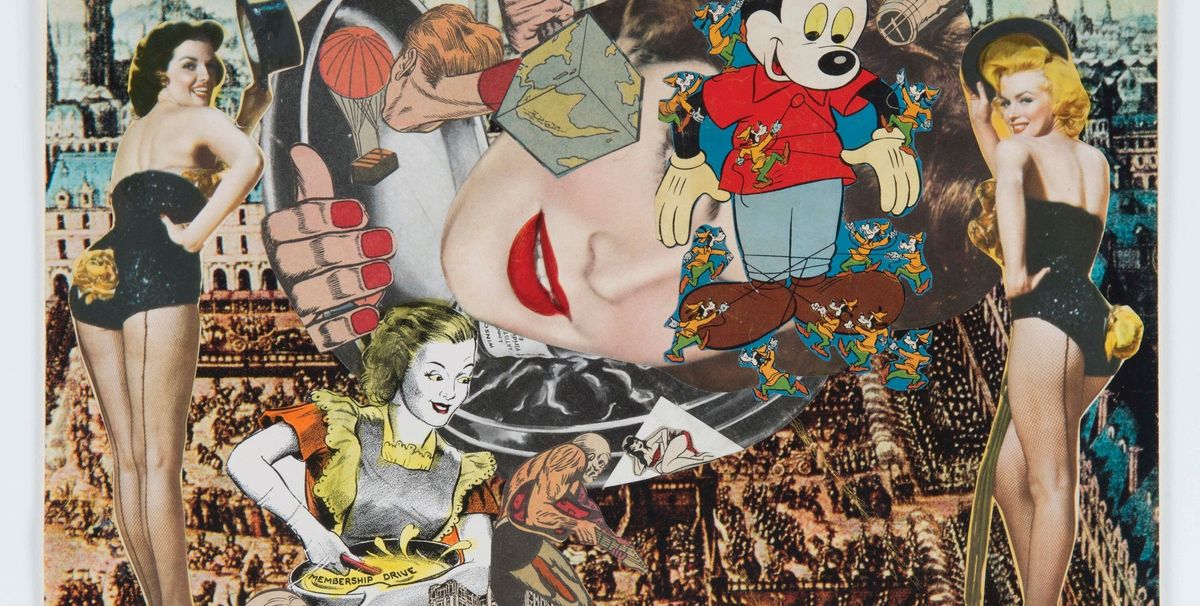The TV dramas, pop songs, comics and movies of 1980s and 1990s Hong Kong fostered a sense of belonging among Hong Kongers and strengthened their cultural presence in the wider region. Now an exhibition at the M+ Pavilion hopes to revitalise local popular culture by presenting new perspectives on this golden age.
It is striking how androgyny and gender fluidity were not just accepted at the time, but celebrated. “Because of the commercial success of Hong Kong popular culture, performing artists, singers and film stars were able to openly play with their own images,” says Tina Pang, the curator of the show, called Ambiguously Yours: Gender in Hong Kong Popular Culture (until 21 May).
Featuring more than 90 works dating from the 1960s to the present day, the exhibition begins with the concert costumes of Cantopop legends Roman Tam and Anita Mui. They are displayed alongside those of the late singer and actor Leslie Cheung, who hired the designer Jean-Paul Gaultier to create “gender-bending” costumes for his last concert tour in 2000, for which he also grew his hair long.
“Cheung was heavily influenced by the New Romantics and David Bowie,” Pang says. “He in turn influenced many artists, not only in Hong Kong, but also in Korea and Japan. Many pop stars in Korea now wear make-up and look very feminine.”
The exhibition is also presenting some of the works in the collection of Hong Kong’s future M+ museum of visual culture, which is scheduled to open in 2019. The oldest among these is a group of four collages from the 1960s by the Japanese Pop artist Keiichi Tanaami, which read as a critique of American culture.
Also on display from the collection is Ming Wong’s four-channel video, Four Malay Stories (2005), which is the Singaporean artist’s take on the Malay director and actor P. Ramlee’s four most popular movies. Wong plays all 16 characters, both male and female. “Ironically, some of these movies are now censored in contemporary Malaysia,” Pang says.
With the decline of popular culture in Hong Kong, creative expression is also being stifled. “What we see now in the field of entertainment and pop culture is a homogenisation and a tendency to play safe because of commercial concerns,” Pang says.
Rather than become nostalgic about the “avant-garde and experimental nature of those early days”, Pang says the exhibition will show how the visual culture of Hong Kong’s heyday has ongoing relevance. “Popular culture is not just a phenomenon that comes to us via print media, film and music,” she says. “Through the hands of artists, popular culture can also be used to address important social change.”
• Ambiguously Yours: Gender in Hong Kong Popular Culture, M+ Pavilion, West Kowloon Cultural District, until 21 May


